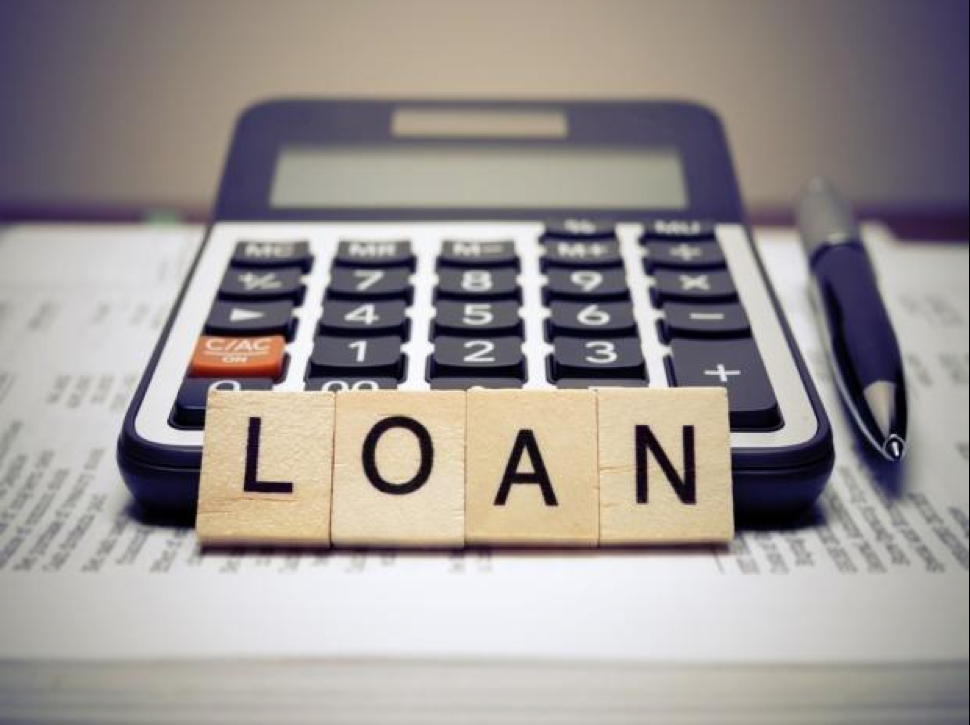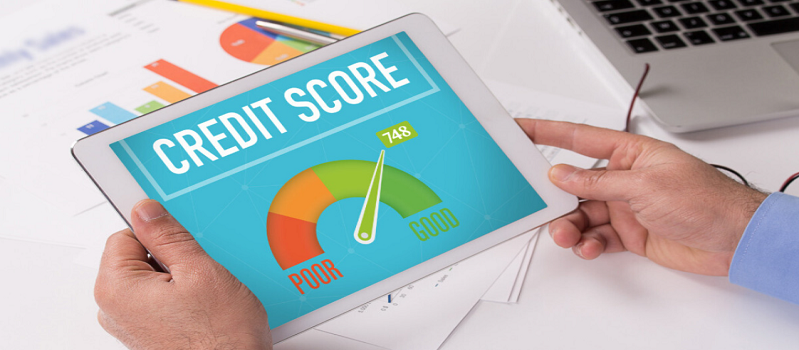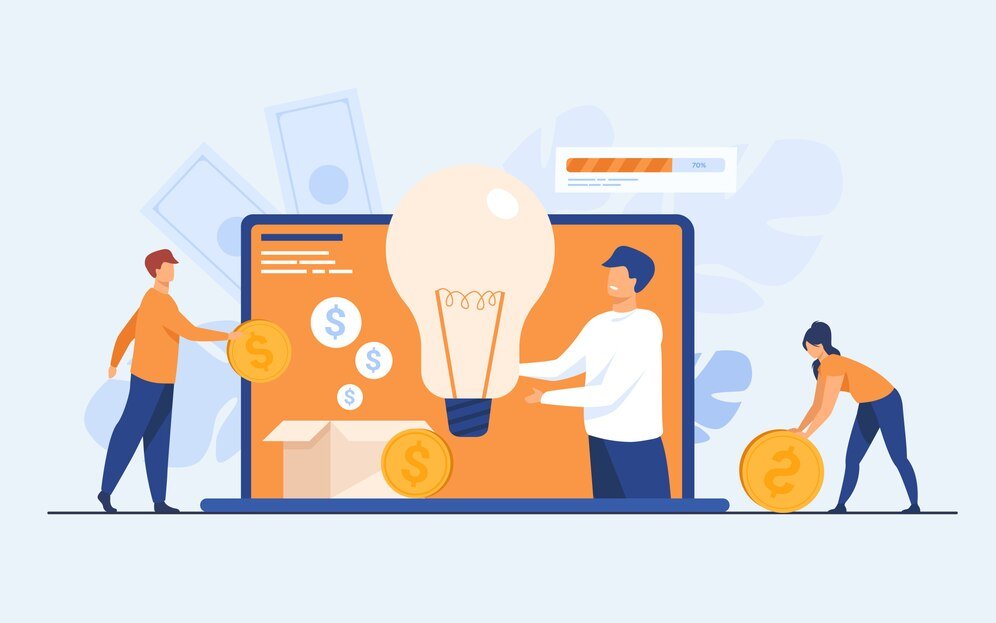5 things to keep in mind before
availing of a personal loan
A personal loan can be a financial lifesaver for all kinds of uses — whether you’re
consolidating debt, covering surprise medical bills or financing some big spending such as a wedding or home improvement. But shopping the quoted interest rate is just part of how to find the right loan. But there are a few things to keep in mind before taking one out to ensure the loan aligns with your financial situation and longer-term goals. Making the wrong decision could have financially and emotionally painful consequences. Here are five important elements to consider when selecting a personal loan.
1) Interest Rate: What You Will Pay to Borrow
Interest rates is the foremost thing that governs the cost of a personal loan. The interest decides how much extra you will pay on top of the loan principal. Lower interest rates lead to lower monthly payments and overall borrowing costs; higher rates can rapidly make borrowing expensive. When comparing loans, think about whether the rate is fixed or variable. A fixed rate remains unchanged throughout the life of the loan, meaning less volatility in your monthly payments; a variable rate can be altered based on market forces, complicating budgeting. Borrowers with stronger credit scores usually are presented with lower rates, so if you can improve your score before applying, it could help you get a better deal. Use an online loan calculator to thoroughly understand what your monthly payments will be, and how much you will repay in total. These enable you to compare different interest rates and how they will affect your loan over time. Significantly, if you change your life just a little, you will save a little money, but on larger loans it will be quite a lot of money.
2) Loan Terms: Balancing Monthly Payments with Total Costs
The loan term, which refers to how long you have to repay the loan, is one of the most important factors that impacts your monthly payments and the overall price of the loan. Loans with shorter terms are more expensive each month but less expensive overall in interest. Longer repayment terms — loans with long terms typically reduce monthly loans, making them less costly in the near term but increasing the total interest paid over time. For example, if you borrow $10,000 at 7% interest. On a 3-year term, that would be a $309 a month payment, but a 5-year term drops that monthly payment to $198. But the 5-year would result in nearly $900 more paid in interest by the end of the loan. Choosing an appropriate loan term is a balancing act between affordability and overall cost. If you can handle a bit higher payments, a shorter term may be the right choice for you. But if you find yourself fighting for elbow room in your monthly budget, a longer term could be the way to go. Just ensure that you can comfortably afford the payments without incurring
late fees or straining your finances.
3) UPS Ground vs FedEx Ground: Costs — What You'll Pay
Interest is just one point to consider when choosing a personal loan. Most lenders will charge you several fees that increase your overall borrowing costs. These are fees such as origination fees — usually a percent of the loan amount — late payment fees and prepayment penalties. An origination fee, for instance, can range from 1 percent to 6 percent of the loan amount. So that’s a net cash cost of $100 to $600 upfront on a $10,000 loan, not including any deductions from that loan’s proceeds. The other downside to late payment fees is potential damage to both your finances and your credit score if you get behind your due date. To understand the full cost of the loan, look for the annual percentage rate (APR), which captures both the interest rate and any fees that may be associated with it. Some lenders also offer “no-fee” loans, but check to make sure they don’t have higher interest rates. So read the fine print and understand, before you sign anything, the real cost of the loan.
4) Clarifying Your Status: Eligibility Requirements
The personal loan eligibility criteria of lenders need to be comprehended before application. Most lenders evaluate your credit score, income, employment history, and debt-to-income (DTI) ratio to see whether you will be able to repay the loan.
If you have a good credit score — at least 700 or higher, typically — you are more likely to qualify for good loans, including lower interest rates and larger loans. If your credit score is lower than that, you may still be eligible for a loan, but you will likely pay higher rates. Some lenders specialize in borrowers with imperfect credit, but they tend to have tougher repayment terms. Your income and DTI ratio are also important pieces of the puzzle. And likewise, lenders prefer applicants with a steady income and a low debt-to-income ratio, both signs of financial health. A high DTI ratio indicates that if you intend to acquire a new loan, you may consider clearing some existing debts first. But some inquiries can trigger lenders that you’re a potential risk, and they can lower your credit score temporarily — so to avoid a really high number of inquiries on your report, you can pre-qualify with different lenders. A pre-qualification gives an estimate of the amounts, rates and terms you may be qualified for, without affecting your credit score.
5) Finding the Right Partner with Lender Reputation
As important as the loan terms are, so is the lender you work with. Working with a reputable
lender can help mitigate the risk of surprise problems and lead to a smoother borrowing
experience. Then read customer reviews and ratings to find out more about the lender’s
credibility and level of service.
Lenders who are accredited by the Better Business Bureau (BBB) or similar organizations
mean that you are working with a trusted lender. How clearly a lender lays out its terms and
fees are critical — beware of predatory practices, such as guaranteed approval or terms so
good they can’t be true.
And then there’s customer support. As for responsive service: Responsive and
knowledgeable customer service can make a world of difference, whether the questions relate
to your application or if you need assistance with types of payments. Make sure the lender
has proper communication channels available for you, whether by phone support,
email support, live chat, etc.
Research lenders to ensure you’re working with a reputable institution so you’re not in for
unnecessary stress once the loan process begins.
How You Should Align the Loan with Your Financial Goals
Before taking out a personal loan, you should consider how it fits into your overall financial
plan. Borrow the requirements and do not overextend yourself. So, if you’re consolidating
credit card debt, determine whether the loan’s interest rates and fees will save you money
compared with continuing to make your existing payments.
This, together with outlining a clear plan for repayment. And lates aren’t free either — and
they can hurt your credit score and make it a lot harder to get decent terms down the road. By
tailoring your loan to your financial goals and keeping a realistic repayment schedule,
you can make sure that borrowing stays a useful tool, not a burden.
Final Thoughts
Choosing a personal loan to obtain funds is an essential financial decision that should be
thoughtfully considered and meticulously researched. Until then, we hope this guide has
helped you understand better the process of choosing the right type of lender and the positive
and negative aspects of loans in 2023.
It pays to take some time to compare offers, ask questions and scrutinize the fine print. An
appropriate loan will help your finances and give value for money without paying too much
and having stress. If this is the loan that’s right for you, then there is zero reason to stay away
from it.”
Your Loan Is Few Steps Away!
Recent Posts



































